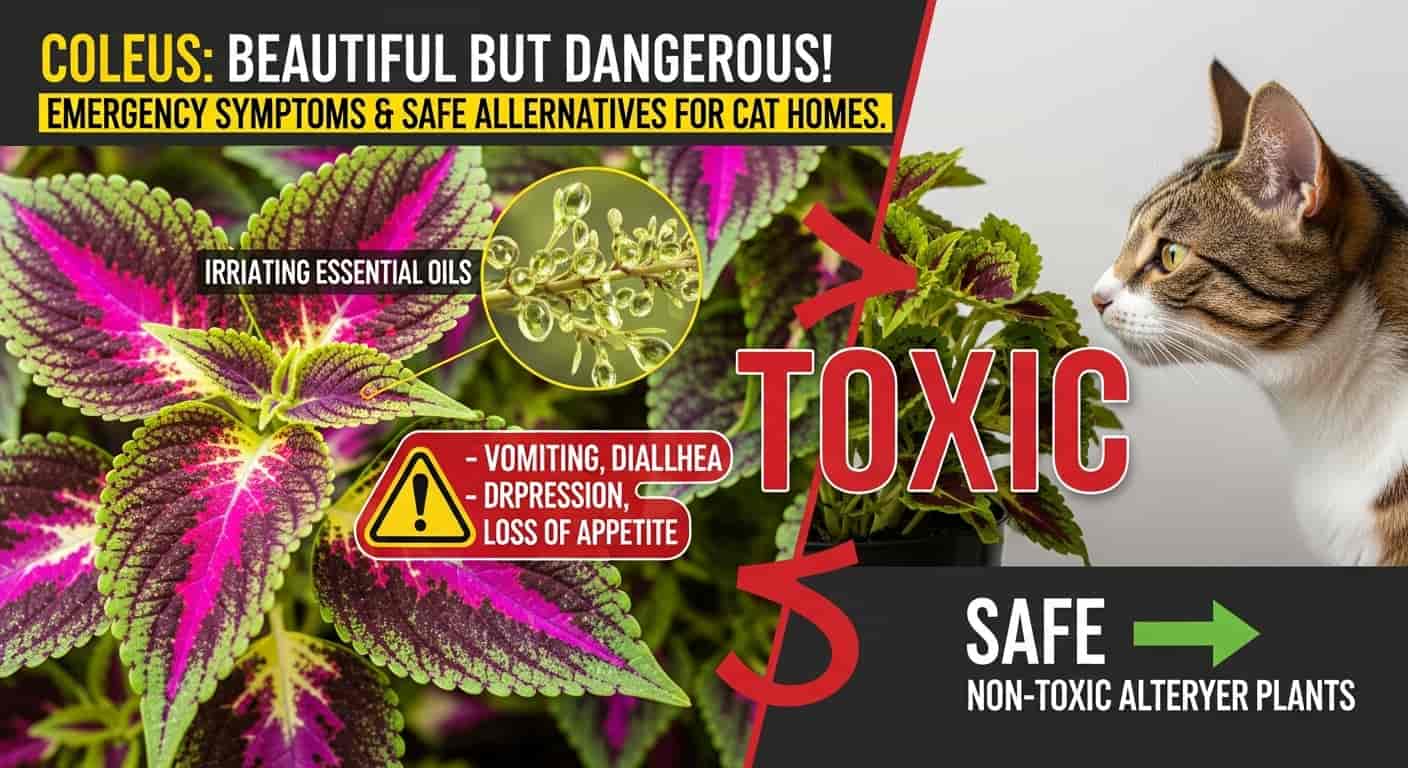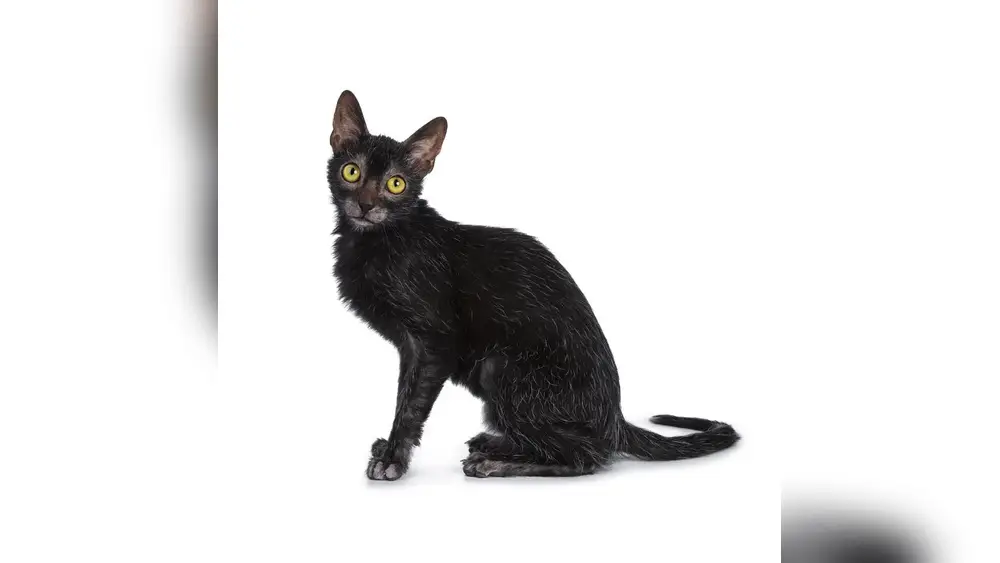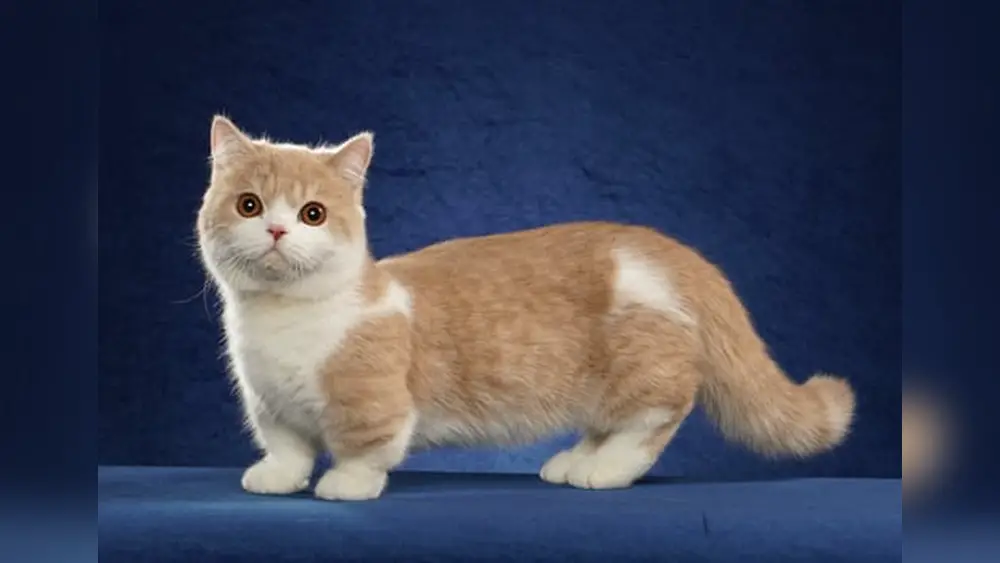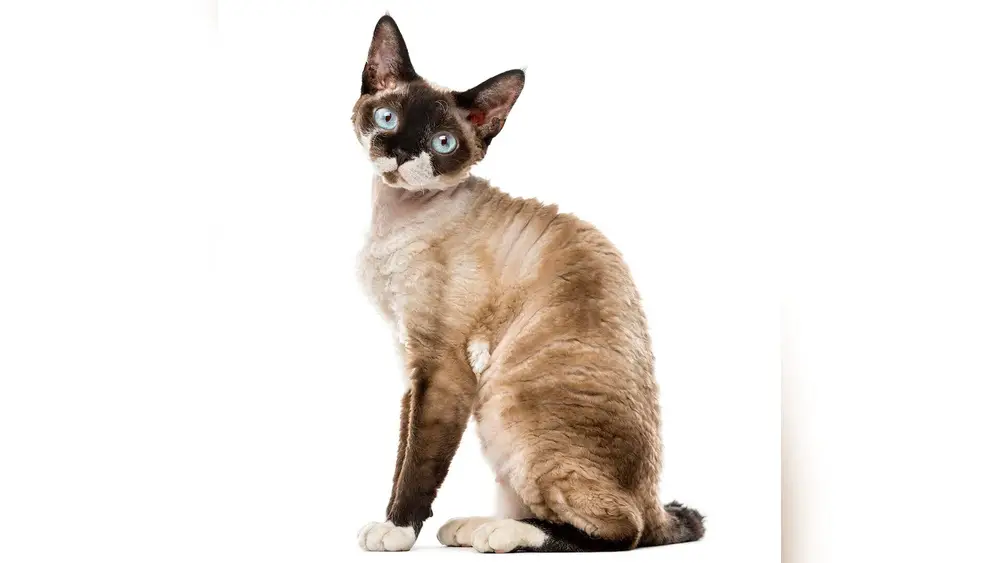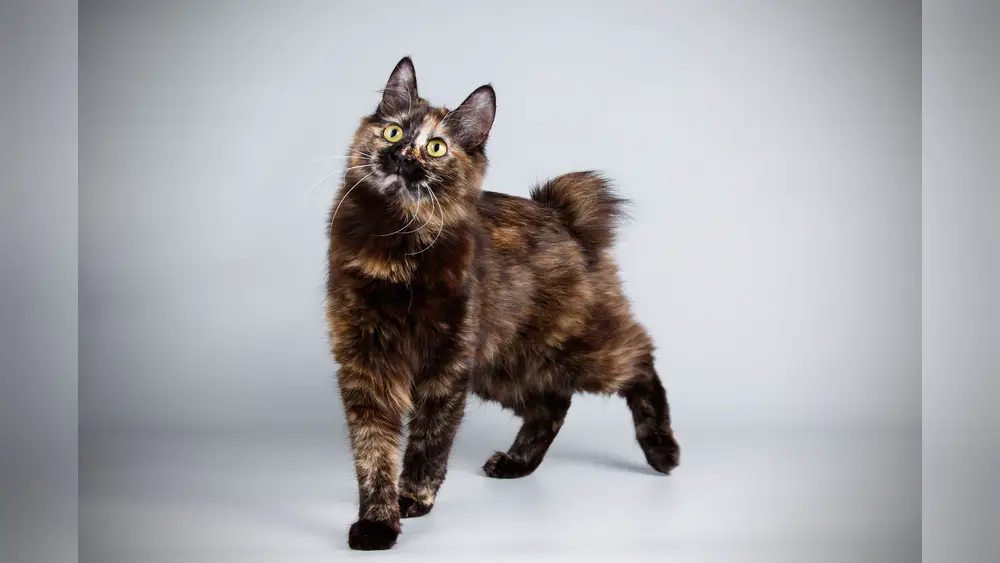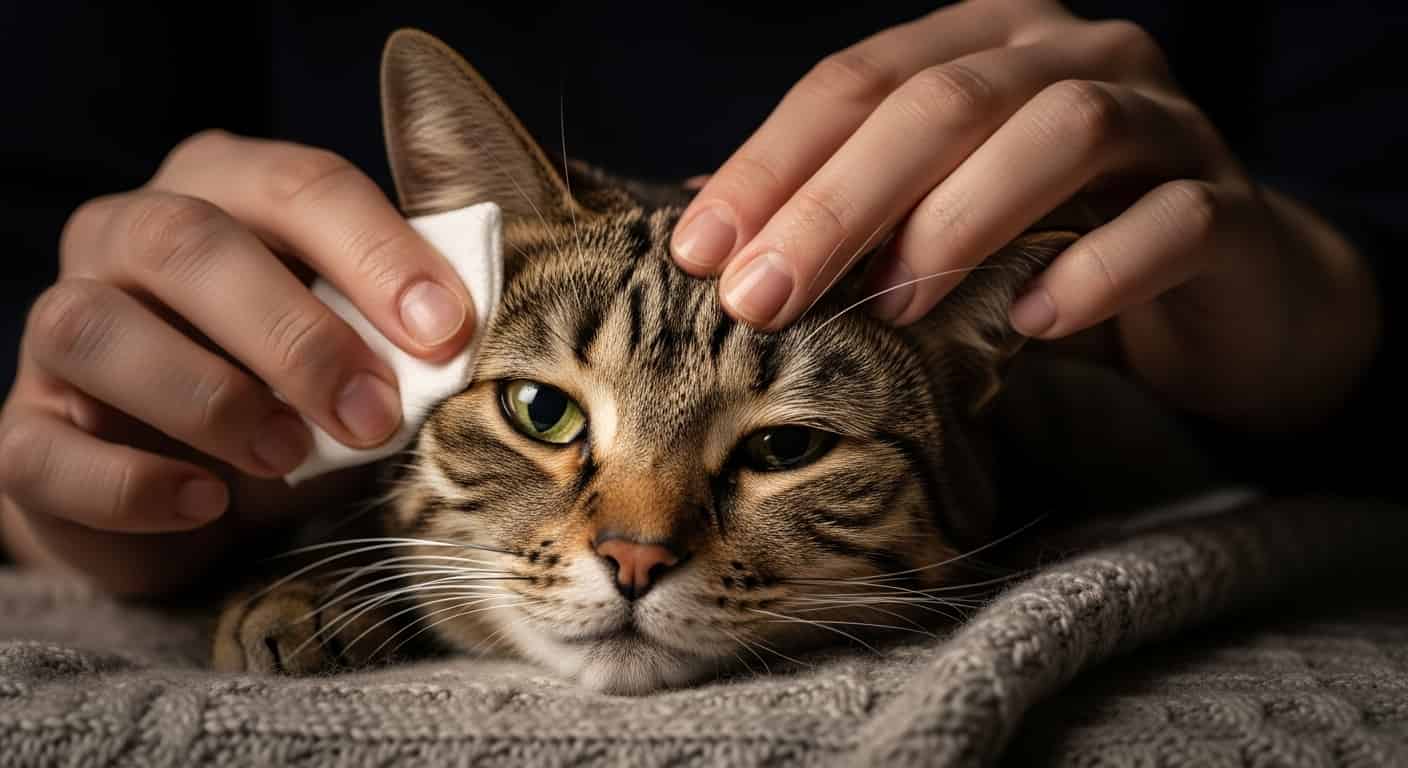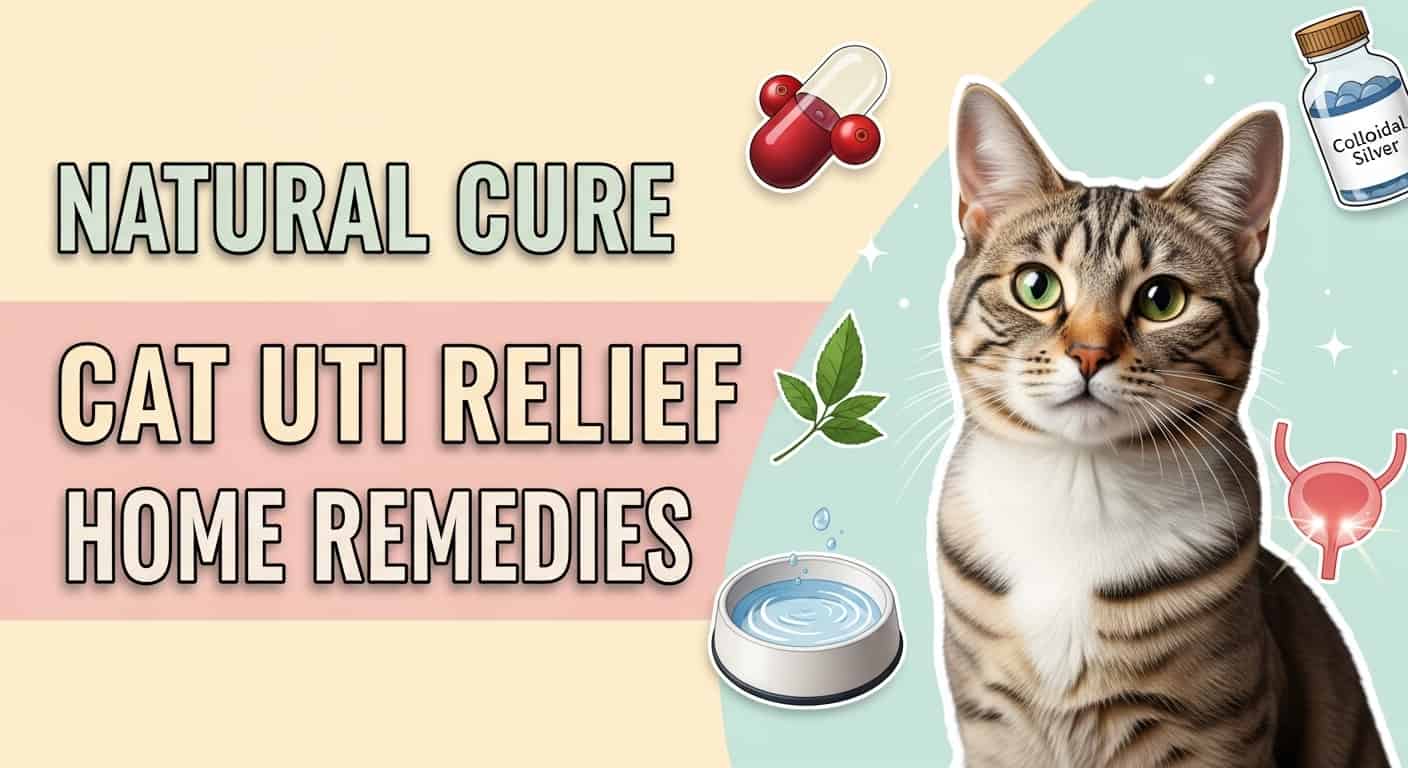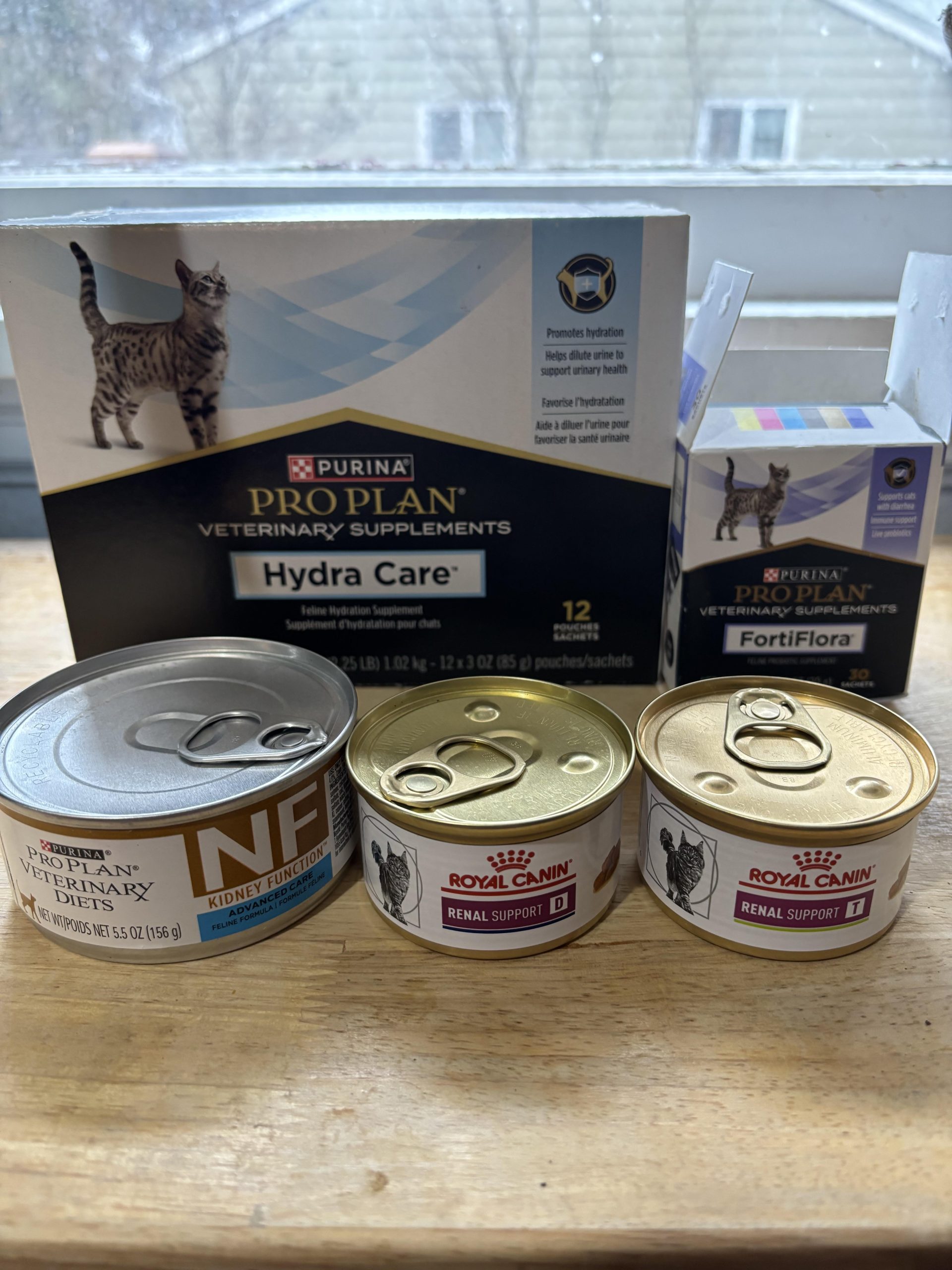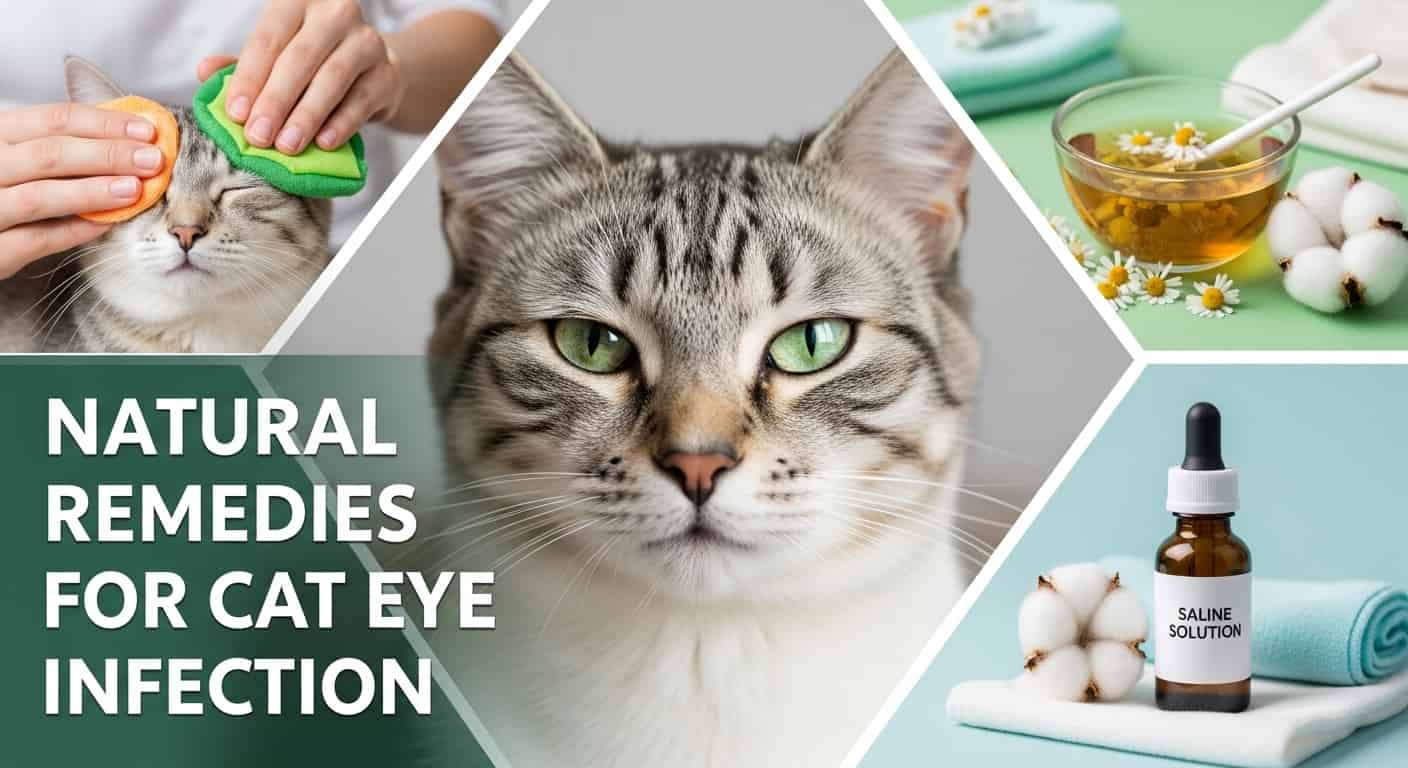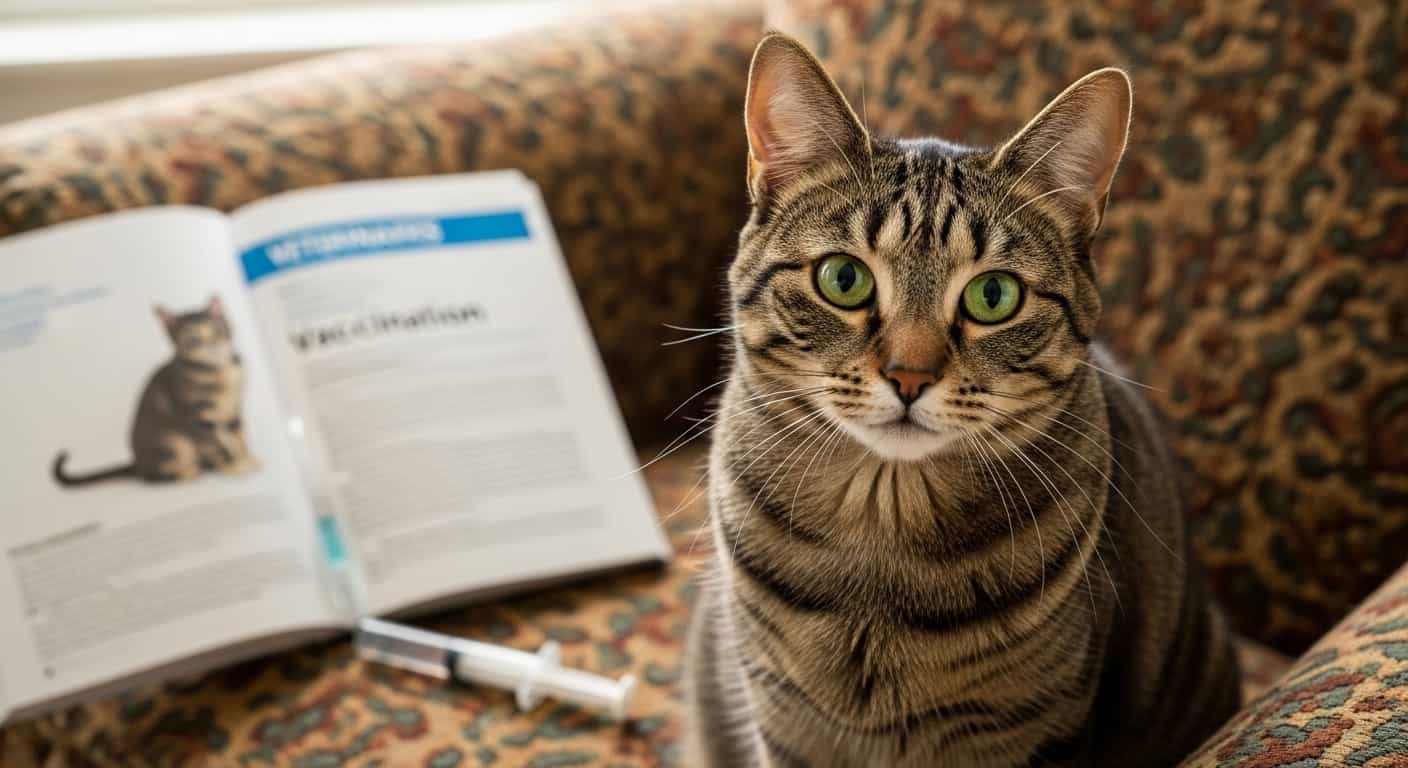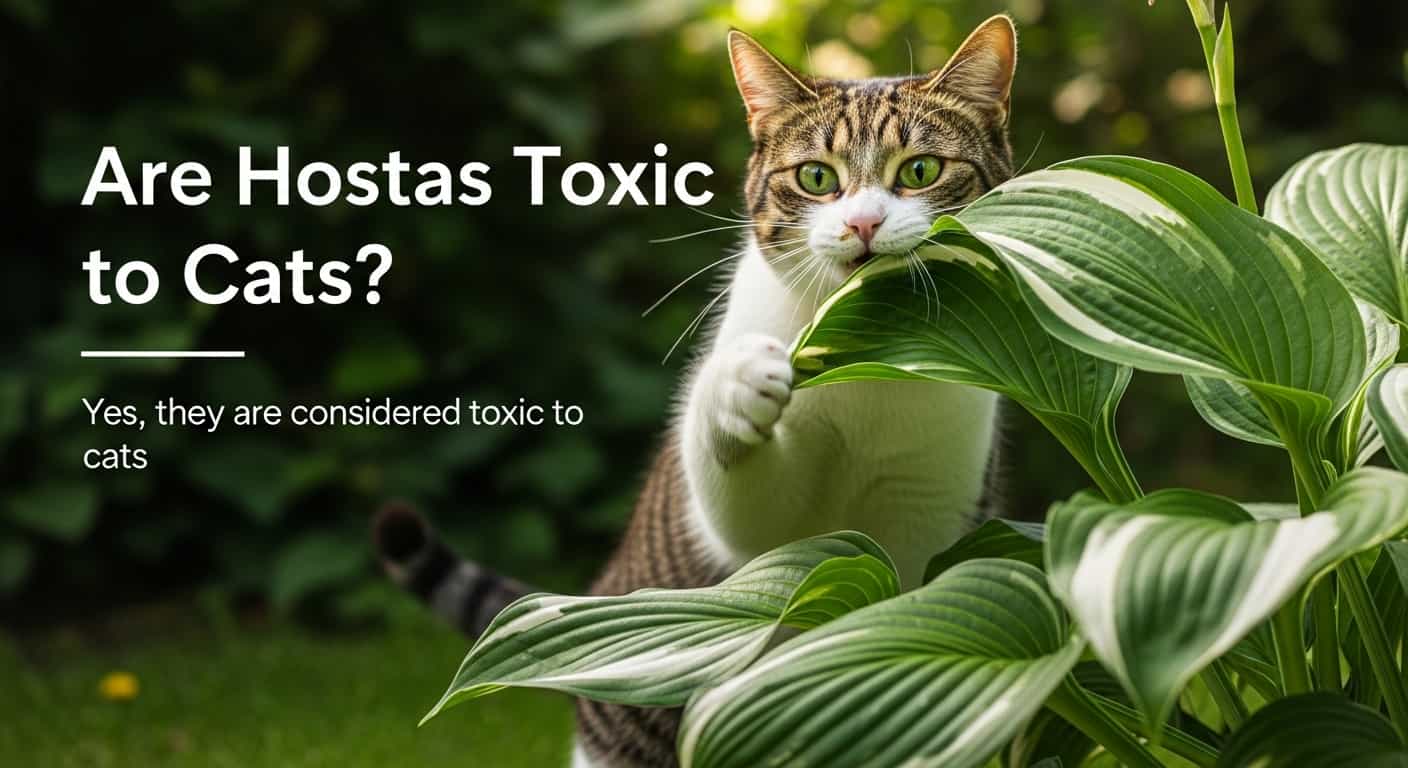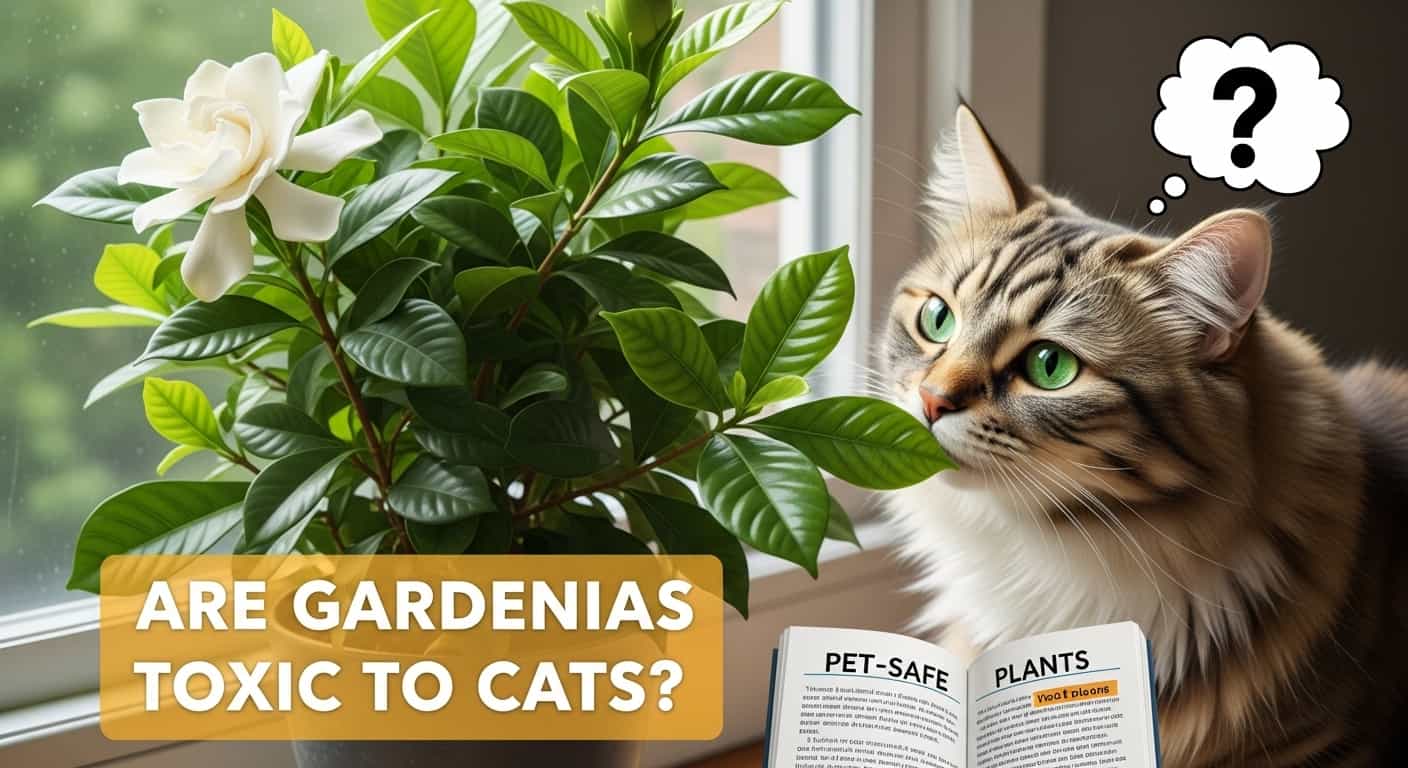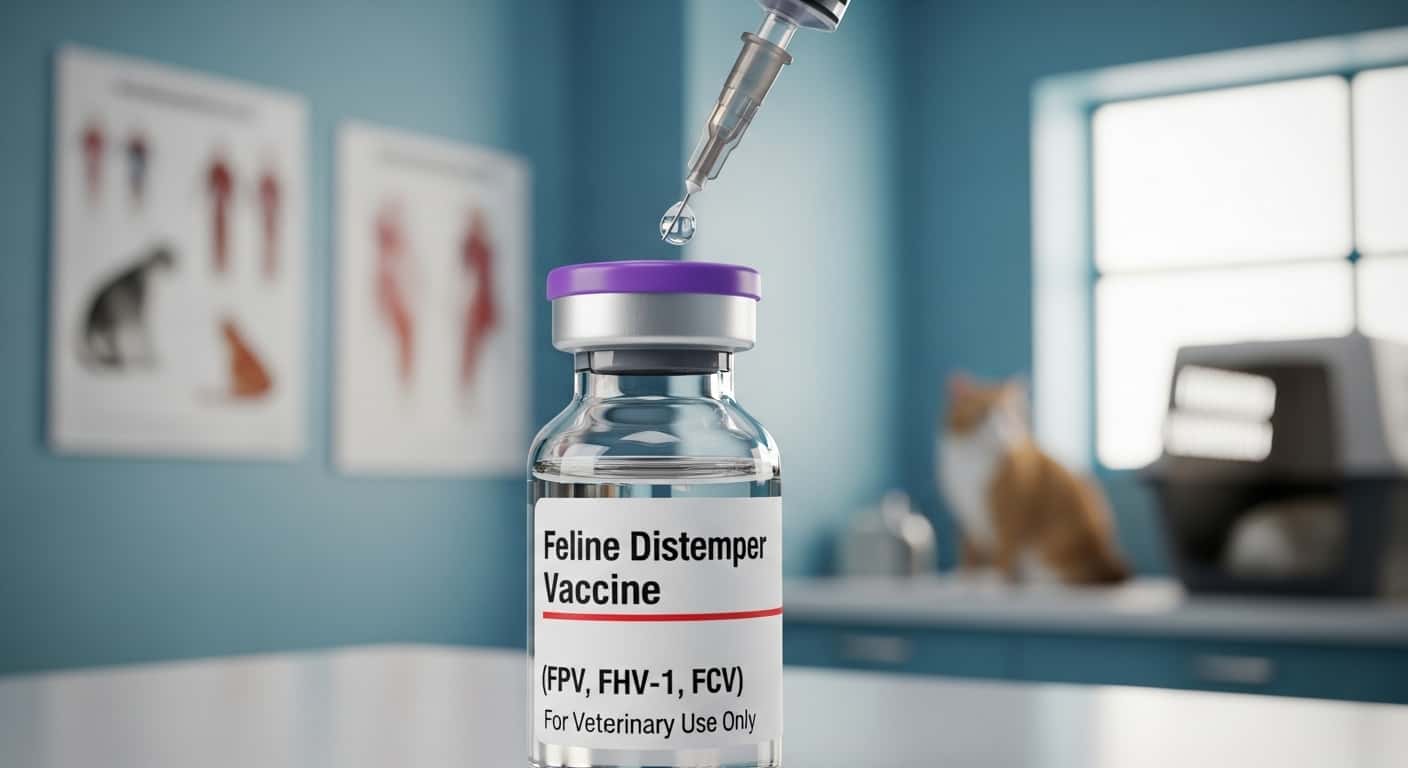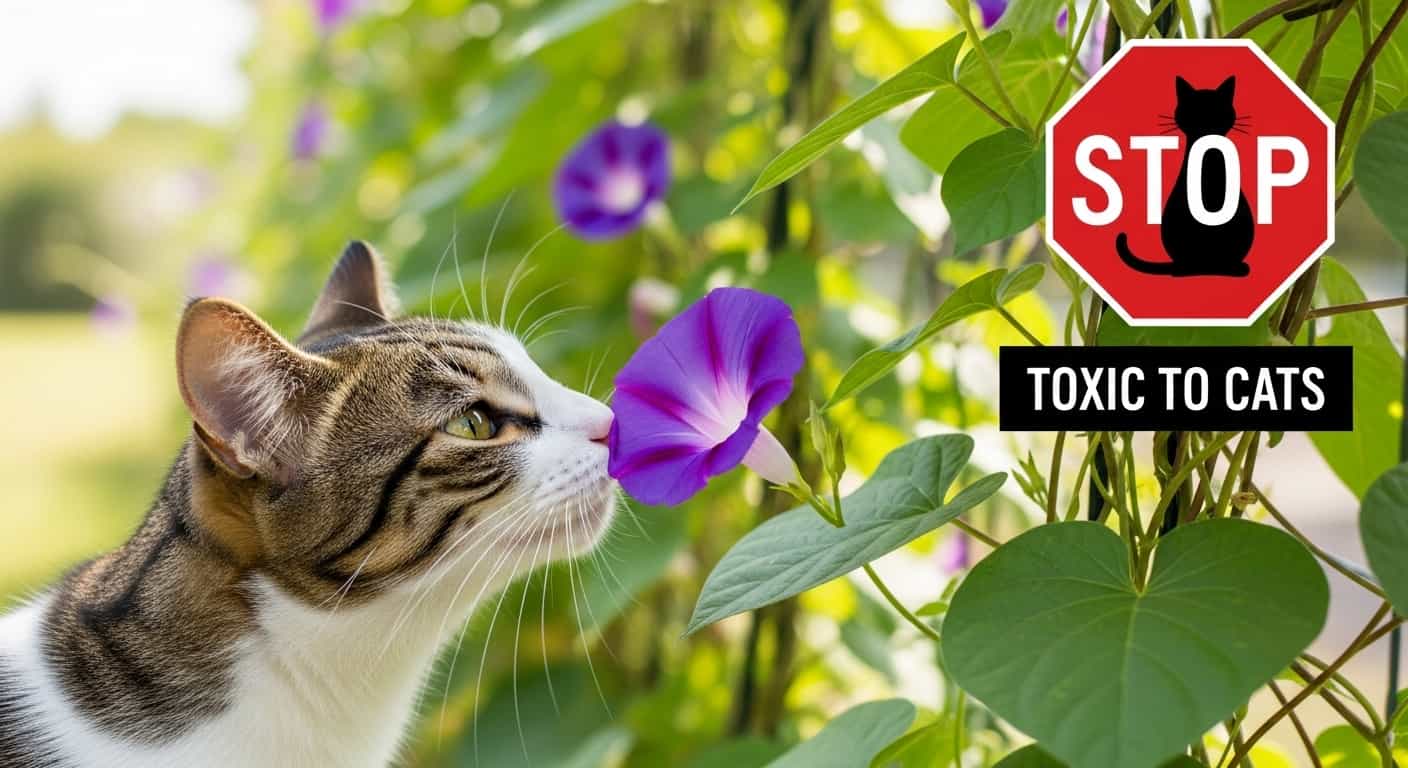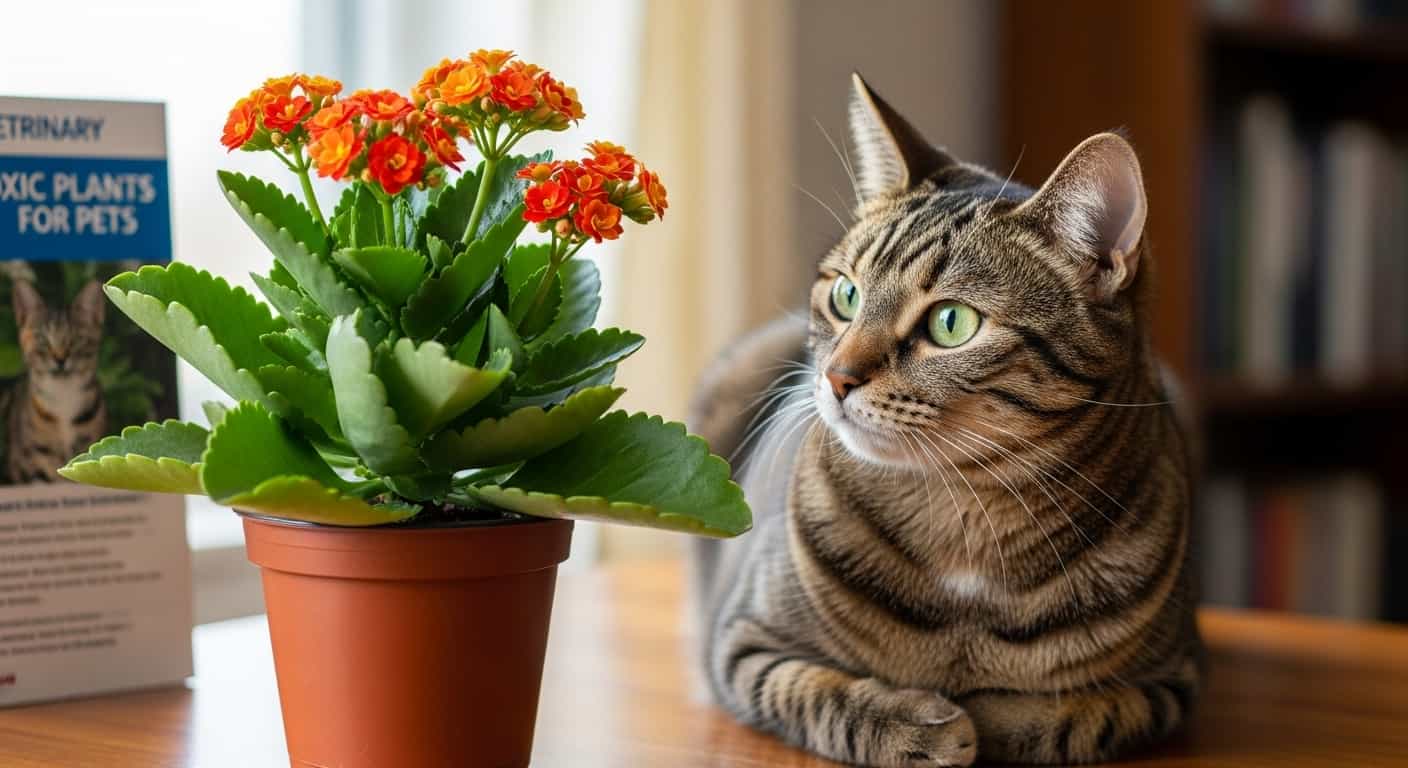Imagine a world where your feline friend roams safely around your home, exploring every corner with curiosity and delight. As a pet owner, you always want the best for your cat, ensuring their environment is both stimulating and secure.
Table of Contents
ToggleBut amidst the vibrant hues and lush leaves of your indoor plants, there may be hidden dangers lurking. If you have Coleus in your home, you might be asking yourself, “Is Coleus toxic to cats? ” This question is crucial to your cat’s well-being, and understanding the answer can help you create a safer, more harmonious living space for your beloved pet.
Dive into this article to uncover the truth about Coleus and learn how to protect your furry companion from potential harm. Your cat’s safety is just a few scrolls away!
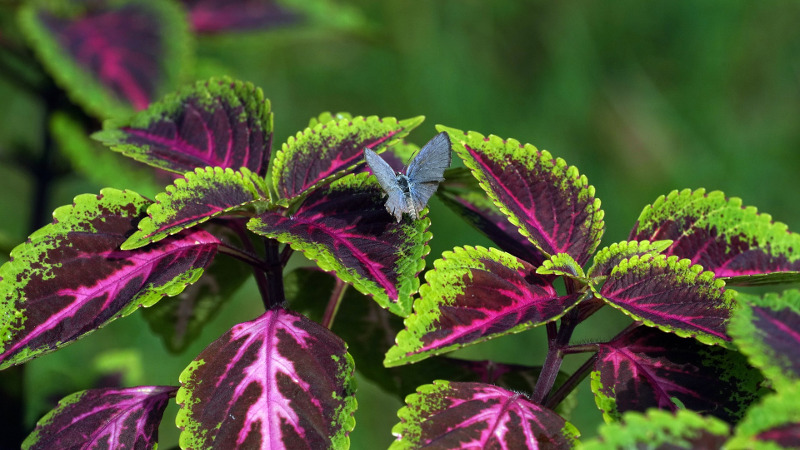
Credit: plantaddicts.com
Coleus Plant Overview
The Coleus plant is known for its vibrant leaves. It adds color to gardens and homes. Many plant lovers cherish its beauty. Yet, cat owners need to know about its effects.
What Is The Coleus Plant?
Coleus is a tropical plant. It thrives in warm climates. It belongs to the mint family. The plant’s leaves feature bold patterns. These patterns make it popular among gardeners. The plant’s leaves can be red, pink, green, or yellow.
Where Does Coleus Grow?
Coleus is native to Southeast Asia. It grows well in warm regions. It thrives indoors and outdoors. With proper care, it flourishes in pots and gardens. It prefers well-drained soil. Regular watering keeps it healthy.
Caring For Your Coleus Plant
Provide bright, indirect sunlight. Avoid direct sunlight as it can scorch leaves. Water regularly but do not overwater. Ensure the soil is moist, not soggy. Prune the plant to maintain its shape. Pinch off flowers to encourage leaf growth. This keeps the plant bushy.

Credit: megdavis.com
Potential Toxicity To Cats
Coleus is a popular plant known for its vibrant leaves and easy care, making it a common choice for indoor gardens. However, if you’re a cat owner, you might be wondering about its safety for your feline friend. It’s essential to know about the potential toxicity of coleus to cats to ensure their safety and well-being.
Here's a related post that you might find useful. Is Alocasia Toxic to Cats? Essential Safety Insights
Potential Toxicity To Cats
Cats are naturally curious creatures, often exploring their surroundings with their mouths. This can lead them to nibble on houseplants, including coleus. Unfortunately, coleus contains compounds that can be harmful if ingested by cats.
Symptoms of coleus ingestion in cats can range from mild to severe. You might notice your cat experiencing vomiting, diarrhea, or even more serious effects like lethargy or loss of appetite. Such symptoms indicate that the plant might not be as harmless as it appears.
Recognizing Symptoms
Understanding the signs of toxicity can help you act quickly. If your cat starts showing unusual behavior or physical symptoms after encountering coleus, it’s crucial to seek veterinary advice. Prompt action can prevent more severe health issues.
Have you ever noticed your cat acting strangely after nibbling on a plant? It could be a sign that your plant is causing harm. Keep an eye on changes in behavior or appetite, as these might indicate a problem.
Prevention Strategies
Preventing exposure is the best way to keep your cat safe. Consider placing coleus plants in areas that are inaccessible to your cat. Using hanging pots or shelves can be effective in keeping plants out of reach.
Alternatively, you can explore cat-friendly plants. These are safe for cats and can satisfy their curiosity without posing a risk. Why not create a garden space that both you and your cat can enjoy?
Seeking Veterinary Advice
What should you do if you suspect your cat has ingested coleus? Contact your vet immediately. They can provide the necessary treatment and guidance to ensure your cat’s health.
Have you ever had a close call with your pet’s health? Remember, it’s better to be cautious and seek professional advice early. Your vet is there to help and guide you through these situations.
By understanding the potential risks of coleus and taking preventive measures, you can ensure your cat’s safety while still enjoying the beauty of your indoor plants. Have you checked your home for potentially harmful plants recently?
Here's a related post that you might find useful. Cat Swollen Eye Treatment at Home: Easy Remedies for Quick Relief
Symptoms Of Coleus Poisoning
Coleus plants are popular for their vibrant foliage, but they pose risks to cats. If a cat ingests coleus, it can lead to poisoning. Recognizing the symptoms early is crucial for timely veterinary care. Symptoms can affect different parts of a cat’s body, including its digestive system, nervous system, and skin.
Digestive Distress
Cats may experience vomiting after ingesting coleus. Diarrhea is another common symptom. These signs indicate digestive distress. A lack of appetite can also occur. Keep an eye on your cat’s eating habits. Hydration is important during this period.
Neurological Effects
Coleus poisoning can affect a cat’s nervous system. Tremors may appear in some cases. Your cat might seem dizzy or disoriented. Difficulty in movement can be a sign. Lethargy is another possible effect. Monitor your cat’s behavior closely.
Skin Irritation
Skin irritation is a less common symptom. Cats may develop a rash after contact. This could lead to itching or redness. Swelling is possible in some areas. Check your cat’s skin for unusual changes. Prompt care can prevent complications.
Immediate Steps For Poisoning
Coleus can be toxic to cats if ingested. Symptoms like vomiting, diarrhea, and lethargy may occur. Contact a vet immediately for advice.
If you suspect your cat has ingested coleus, immediate action is crucial. Cats are naturally curious creatures, and their explorations can sometimes lead them to taste-test plants, including coleus. Recognizing the signs of poisoning and knowing what steps to take can make all the difference in ensuring your furry friend’s well-being.Contacting A Veterinarian
As soon as you notice any unusual behavior in your cat, such as vomiting, drooling, or lethargy, contact a veterinarian immediately. Don’t wait for symptoms to worsen. A quick response can be the key to recovery. Keep your vet’s contact information handy, and if possible, have the details of the coleus plant available. This information can help the veterinarian assess the situation more effectively.First Aid Measures
While waiting for professional help, there are a few first aid measures you can take to ease your cat’s distress. Ensure your cat has access to fresh water to help flush out toxins. Avoid inducing vomiting unless instructed by a vet, as this can sometimes do more harm than good. If you have previously experienced a similar situation with another pet, you may already know the importance of staying calm. Your calm demeanor can help comfort your cat during this stressful time. Have you ever wondered how prepared you are for such emergencies? Taking time to create a pet first aid kit and familiarizing yourself with basic first aid measures can be invaluable. Your quick actions and preparation can ensure your cat gets the best chance at a quick recovery.Preventing Exposure
Cats can become sick if they eat coleus plants. Keep these plants out of your cat’s reach. Ensure your home is safe by removing any potential dangers for your furry friend.
Preventing exposure to toxic plants like Coleus can be a straightforward task with a little planning and knowledge. As a cat owner, you might feel concerned about your furry friend’s penchant for exploring every nook and cranny of your home. Cats are naturally curious, and their tendency to nibble on plants can lead to unwanted health issues if the plants are toxic. Ensuring your cat’s safety involves thoughtful plant choices and strategic placement in your home.Safe Plant Placement
Choosing safe spots for potentially toxic plants is key. Consider high shelves or hanging planters where your cat can’t easily reach. These creative solutions can keep plants out of paw’s reach while still allowing you to enjoy their beauty. Do you have a playful cat that loves to jump? Then, make sure shelves are stable and not easily accessible. This way, you’ll have peace of mind knowing your curious cat won’t stumble upon a harmful snack.Alternative Non-toxic Plants
Why not switch to plants that are both beautiful and safe for your cat? For example, spider plants and bamboo palms are known for their non-toxic nature. They offer aesthetic appeal without the risk. Adding cat-friendly plants can transform your living space into a safe haven. Plus, you’ll be able to relax, knowing your cat can explore freely without any health concerns. Consider creating a small indoor garden with non-toxic plants. Not only will it keep your cat safe, but it also adds a touch of nature to your home. Isn’t it comforting to know you can have a beautiful indoor garden without compromising your cat’s safety? By prioritizing safe plant placement and choosing non-toxic alternatives, you can create an environment where both you and your cat thrive. What steps will you take today to ensure your home is a safe sanctuary for your feline friend?
Credit: palettblad.com
Creating A Cat-friendly Home
Creating a cat-friendly home involves careful choices. Cats are curious creatures. Their safety is important. Indoor plants can be hazardous. Coleus, for example, is toxic to cats. This requires cat owners to be mindful. Designing a home safe for cats needs thought and planning. It is not just about avoiding toxic plants. It’s about understanding feline behavior. This can help prevent accidents. Let’s explore how to create a safe environment.
Choosing Safe Indoor Plants
Not all plants are safe for cats. Many household plants can be harmful. Coleus is one such plant. Look for non-toxic plants. Spider plants are a good choice. They are safe for cats. Cats often chew on leaves. This can lead to problems. Non-toxic plants reduce risks. They offer a safe environment for your pet.
Monitoring Cat Behavior
Understanding your cat’s behavior is crucial. Cats explore with their paws and mouth. Watch for signs of plant chewing. This can be harmful. Observe your cat’s daily activities. Changes in behavior may indicate a problem. Look for signs like drooling or vomiting. This could mean your cat ate something toxic. Knowing your cat’s habits helps keep them safe.
Resources For Pet Owners
Pet owners must keep their cats safe. Understanding potential plant hazards is vital. Coleus, a common houseplant, can be toxic to cats. Many resources help pet owners protect their furry friends. These resources offer guidance and support.
Veterinary Assistance
Vets are a great first resource. They offer expert advice on plant toxicity. If a cat ingests coleus, contact a vet immediately. Describe the symptoms clearly. Quick action can prevent further harm. Many clinics offer 24/7 emergency services. Keep their contact details handy.
Online Pet Safety Guides
Online guides offer valuable information. They list common toxic plants. Many sites provide pictures for easy identification. Some guides offer first-aid tips for plant poisoning. Bookmark reliable sites for quick access. Websites like ASPCA and PetMD are helpful.
Frequently Asked Questions
What Is Coleus Plant?
The Coleus plant is a popular ornamental plant known for its vibrant foliage. It’s often used in gardens and as houseplants. However, its bright colors and unique patterns might attract curious cats, leading to potential risks if ingested.
Are Coleus Leaves Poisonous To Cats?
Yes, Coleus leaves can be toxic to cats. If a cat ingests them, it may experience vomiting, diarrhea, or lethargy. It’s advisable to keep Coleus plants out of reach to prevent potential health issues.
How Does Coleus Affect Cats?
Coleus plants can cause digestive upset in cats. Symptoms include vomiting and diarrhea, which may lead to dehydration. If you suspect your cat has eaten Coleus, consult a veterinarian for guidance.
Can Cats Recover From Coleus Toxicity?
With prompt veterinary care, most cats can recover from Coleus toxicity. Treatment focuses on managing symptoms and preventing dehydration. Early intervention is crucial to ensure a full recovery.
Conclusion
Coleus can be harmful to cats. Its leaves contain toxic compounds. Cats might show symptoms like vomiting or diarrhea. Always keep coleus plants away from curious felines. Consider choosing pet-safe plants for your home. This ensures a safe environment for your pets.
Consult a vet if your cat ingests coleus. Quick action can prevent serious health issues. Stay informed about plant toxicity to protect your furry friends. A little caution goes a long way. Keep your home cat-friendly and safe. Your pets rely on you for their safety.

